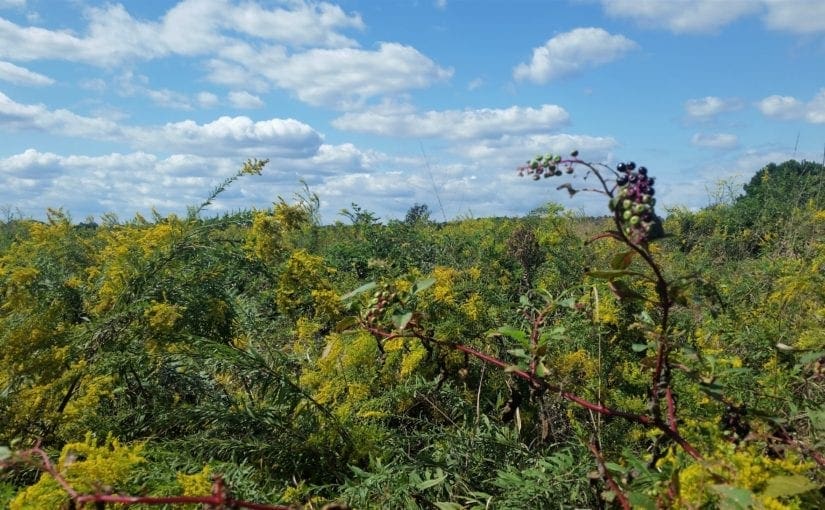Most recently updated January 16th, 2022
A couple of weeks ago, when I was searching for outdoor activities for kids, I saw an event posting for a Fossil Dig at the Prairie Ridge Ecostation.
My initial thought was, “Fossils? Digging? I must go!” 🙂
But first I had to find out more about the Prairie Ridge park.
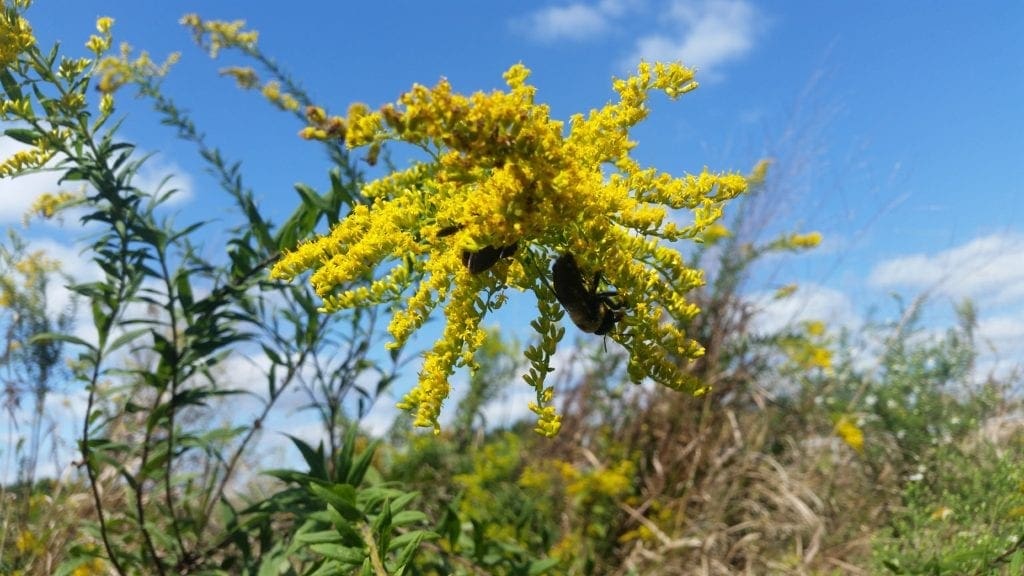
I learned that the Prairie Ridge Ecostation is the west Raleigh branch of the NC Museum of Natural Sciences. The main branch of the Museum was created in 1879, when the State’s agricultural and geological collections were merged.
It’s the largest institution of its kind in the South East and the most visited museum in North Carolina.
The main branch is located in downtown Raleigh and there is a third branch in Whiteville (Columbus County, NC).
The Prairie Ridge Ecostation , located off of Reedy Creek Road in Raleigh, offers outdoor experiences and learning for kids and adults year-round, and charges no admission.
ECOSTATION OVERVIEW
Prairie Ridge Ecostation for Wildlife and Learning – the Museum’s W Raleigh Branch – opened in 2004.
As a side note, I can’t believe I didn’t know about it until now.
NOTE: Currently the Ecostation is open again to the public, as below. Face coverings are required.
Prairie Ridge Ecostation is open Tuesday through Saturday, 9:00am to 1:00pm (closed on Sunday and Monday).
Tickets are not required, but capacity is limited. The Nature PlaySpace and Bird Blind will remain closed to the public.
Some of my posts contain affiliate links. If you make a purchase through an affiliate link, I will receive a small payment at no additional cost to you. I do not get paid for recommendations, all opinions on this site are my own. See full Disclosure page here.
This would’ve been a great place to take my daughter when she was little, for a local daytime outdoor adventure.
But now that I know, I’ll be ready to roll when the grandkids get a bit older!
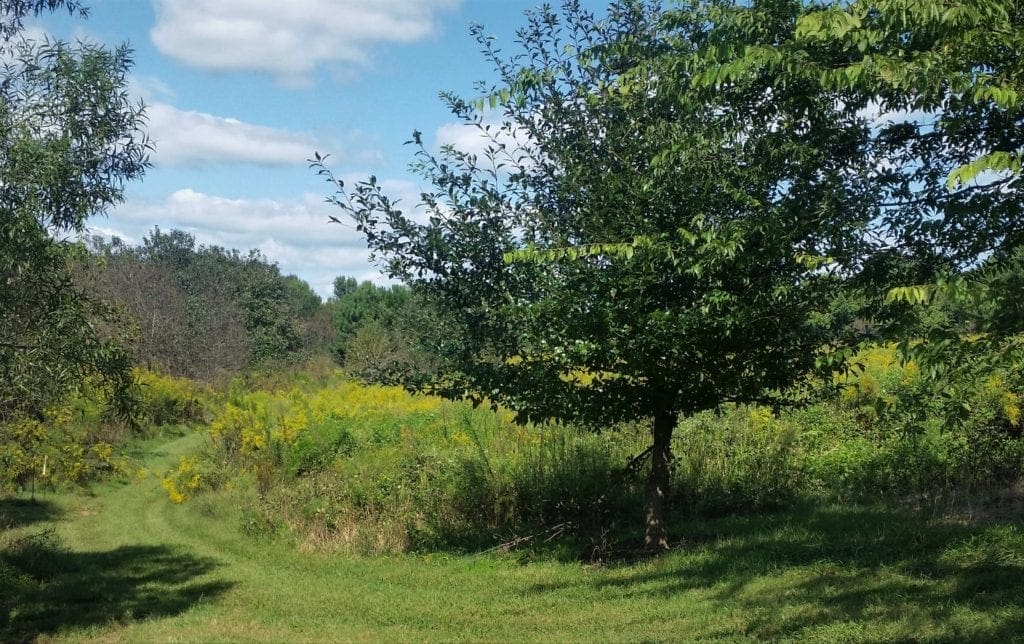
The Ecostation is an outdoor education station made of restored grasslands, wetlands, and forested bottomlands interspersed with a series of short hiking trails.
There’s also an outdoor classroom, a nature neighborhood garden, and a nature playspace.
It’s a great place for an outing with your kids, whether or not there is a special event or program going on.
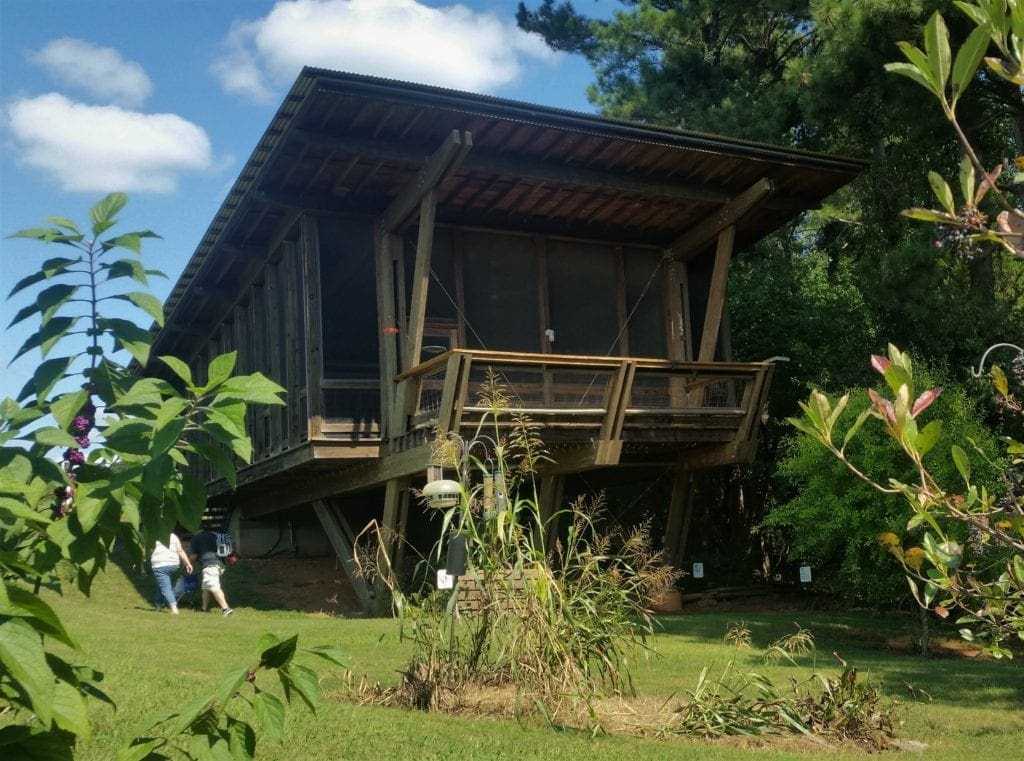
It turns out that the Ecostation, midway between the Schenck Forest and the North Carolina Museum of Art, is also the (geographical) missing link in one of my longer local combined hikes.
You can access the Ecostation trails via a small wooden gateway off of a paved greenway that winds around under the busy Blue Ridge Road intersection.
It’s not the most direct route, but it’s a perfect way to take the midsection of the Schenck to NCMA hike off of the pavement and into some natural terrain.
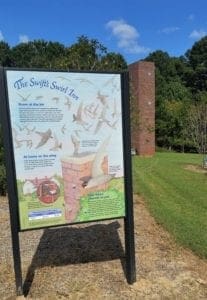
If you don’t want to go there on foot – what?!! – there is a decent-sized parking lot at the main entrance.
Bonus for going in that way is that you get to see the Swift habitat and garden on the way in.
PRAIRIE RIDGE LOCATION INFO
ADDRESS:1671 Gold Star Drive
Raleigh, NC 27607
Phone: 919.707.8888
HOURS:Monday—Saturday, 9am—4:30pm, Sunday, noon—4:30pm
WHAT’S A PIEDMONT PRAIRIE ?
The Prairie Ridge Ecostation is built on 38.5 acres of old cow pasture that has been transformed into a variety of habitats – including a Piedmont prairie habitat.
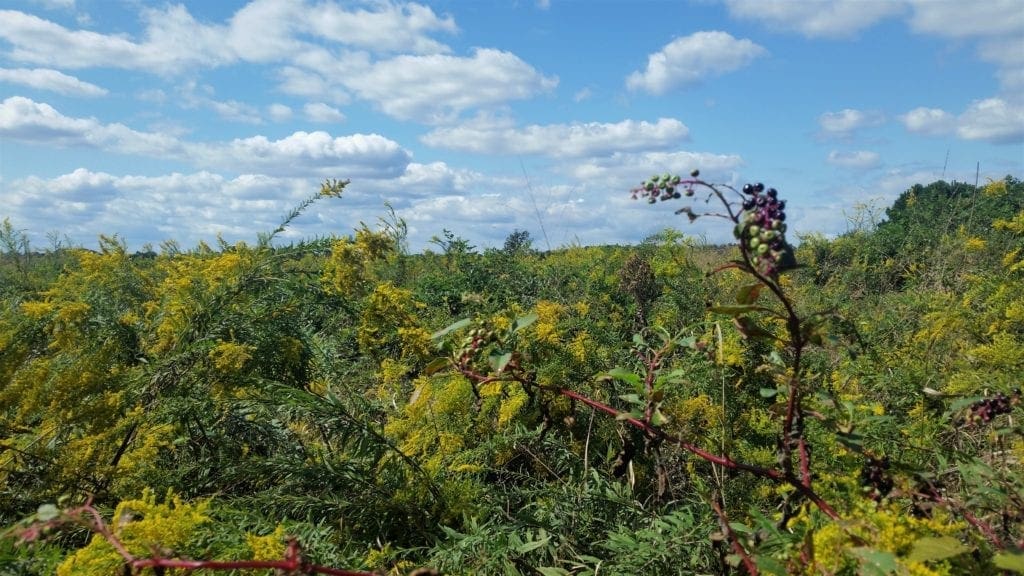
I grew up in Minnesota – which is “Little House on the Prairie” land – so when I think “prairie”, North Carolina is not the first place that springs to mind.
Historically, prairies in the upper Midwest were inhabited by herds of bison, and Native Americans followed those herds and made good use of the prairie.
It seems that the same sort of thing happened here in the Piedmont.
As early as 1540, explorers reported “savannas” in the Carolina Piedmont.
It is likely that these open expanses were originally the result of lightning fires or of fires set by Native Americans to clear land for planting.
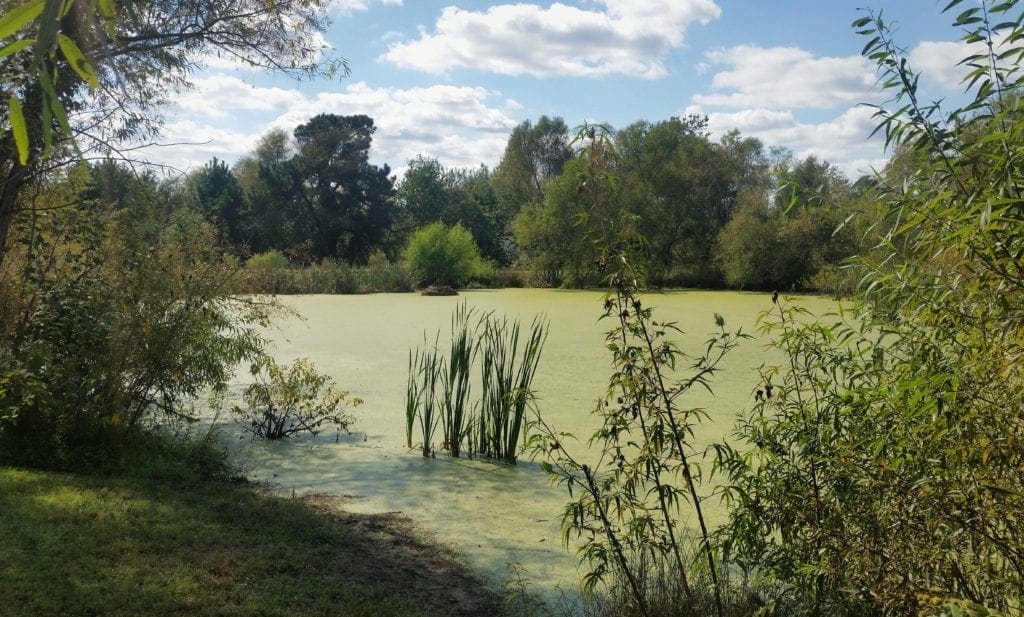
Grazing animals, such as elk and bison, may have also helped maintain the prairies.
Numerous streams and rivers in the Piedmont created natural firebreaks, which made these prairies smaller than those in the Midwest.
As Native American populations declined, so did the prairies.
Remnant prairies are all that are left in North Carolina today.There are two main trails at the Ecostation: the Prairie Trail and the Forest Trail.
WALK THE TRAILS
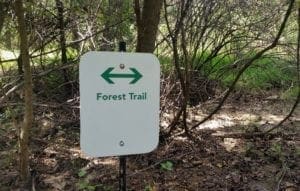 The Prairie Trail veers off to the right just inside the entrance fence and meanders through the prairie. It’s the shorter trail of the two.
The Prairie Trail veers off to the right just inside the entrance fence and meanders through the prairie. It’s the shorter trail of the two.
The Forest Trail heads left and winds through the forest, the Nature PlaySpace, along the creek, then through the native tree arboretum.
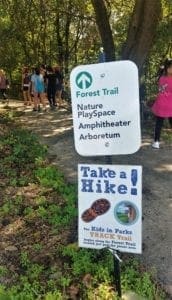 Finally, the Forest Trail connects with the Prairie Trail to bring you back to the parking lot.
Finally, the Forest Trail connects with the Prairie Trail to bring you back to the parking lot.
The total length of the trail is about a mile – which is a do-able length for all but the smallest hikers.
You can view the trail map at the entrance kiosk, or download a copy of the printable map.
Prairie Ridge also houses a Kids in Parks Track Trail.
Brochure guides can be found in the kiosk near the picnic area below the Outdoor Classroom.
Brochures can also be viewed/downloaded online at the Kids in Parks website.
OTHER ECOSTATION FEATURES
WELCOME TO THE NATURE NEIGHBORHOOD
The Nature Neighborhood garden features sun-loving NC native plants, a water-harvesting pavilion, a streambed that directs runoff to a rain garden, two small bog gardens, and an above-ground pond.
It’s a great place to visit and enjoy the flowers and birds as they change through the seasons.
What is a Nature Neighborhood?
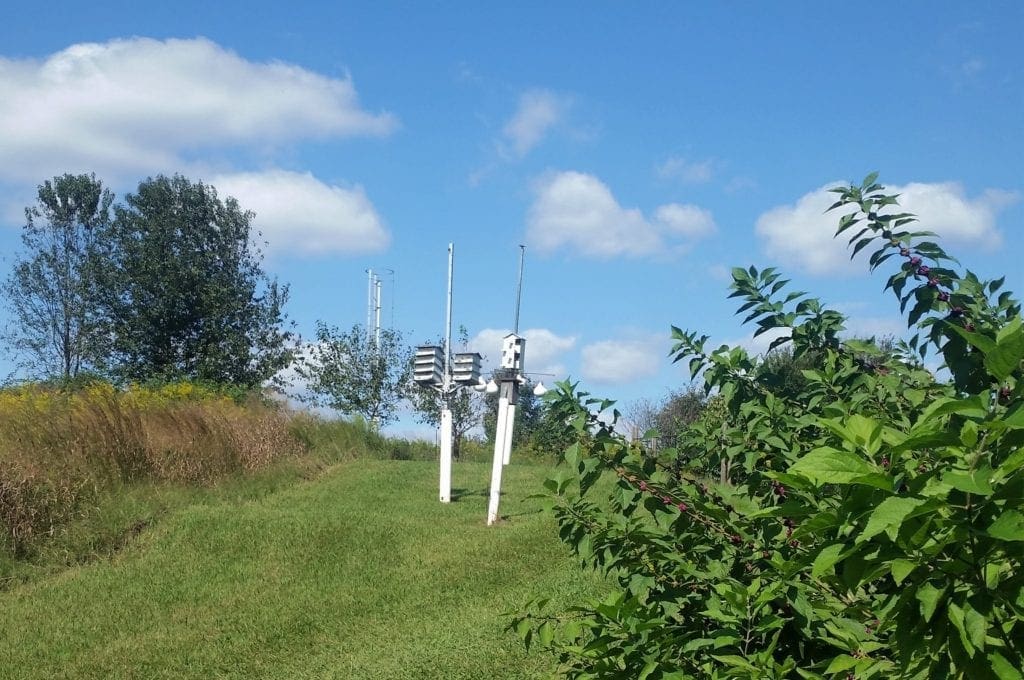
Nature neighborhoods are smaller areas like backyards, school grounds, or environmental education centers that are designed specifically to attract local wildlife and to provide for their needs.
The Ecostation’s nature neighborhood garden also serves as an outdoor teaching site for homeowners and students, and as a place to experiment and demonstrate ways to raise native plants and attract wildlife.
EXPLORE THE NATURE PLAYSPACE
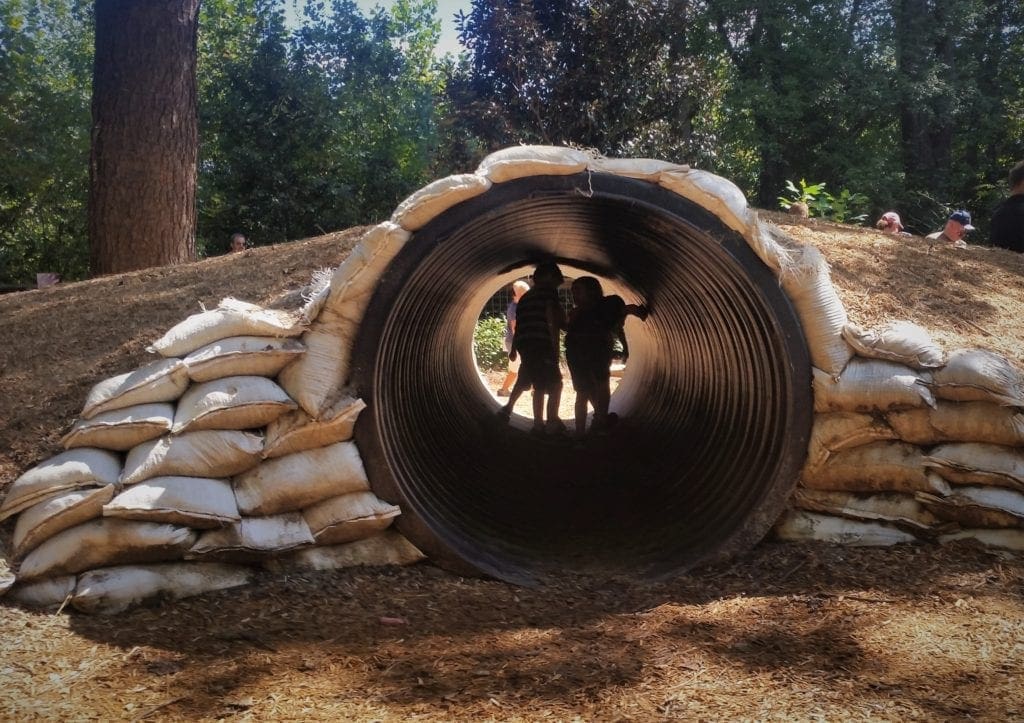
The PlaySpace is an area where families can explore the natural world. It has an otter slide, groundhog tunnel, woodland hut, mini-prairie maze, and areas for art, digging, and water play.
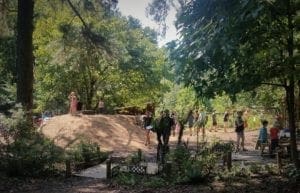 This is a space where you can climb over logs and boulders, roll in the grass, make mud pies, observe nature, and dig for fossils – however you and your kids want to enjoy the natural world.
This is a space where you can climb over logs and boulders, roll in the grass, make mud pies, observe nature, and dig for fossils – however you and your kids want to enjoy the natural world.
NATURE STORIES
Nature Stories is a family-friendly program, open to all every Thursday from 10:30–11:30 am.
This fun and free story time takes place in the outdoor amphitheater. No reservations are required.
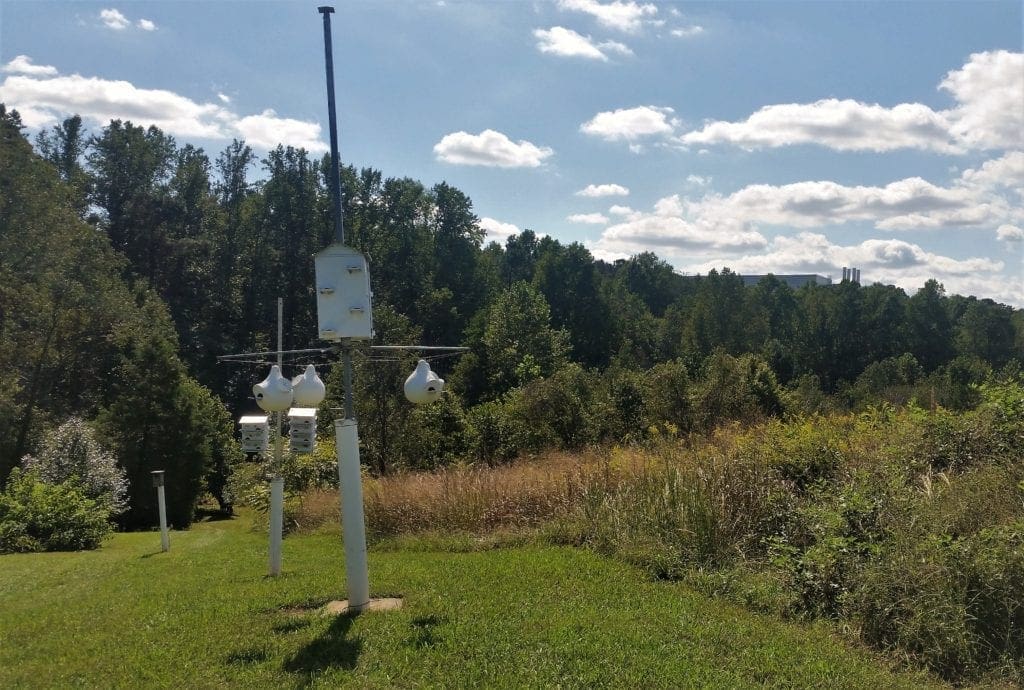
Dress for outdoor play and bring a picnic or bag lunch so you can explore the Nature PlaySpace and the rest of the Ecostation after the program.
THE OUTDOOR CLASSROOM
While the focus of Prairie Ridge is getting outdoors, there is also a classroom building onsite that not only provides a place for classes and other programs, but also demonstrates residential-scale green features that you can incorporate into your own space.

The Outdoor Classroom is a green building that features sustainable building options, rain-water harvesting, and dual-flush toilets.
The building is powered by green energy from nearby solar panels and a vertical spire wind turbine.
You can learn more about the design of the Outdoor Classroom on the Green Architecture page.
RESEARCH AT PRAIRIE RIDGE
Prairie Ridge is open to the public during regular hours, but is also a field research station.
There are many research projects active on the grounds at any given time.
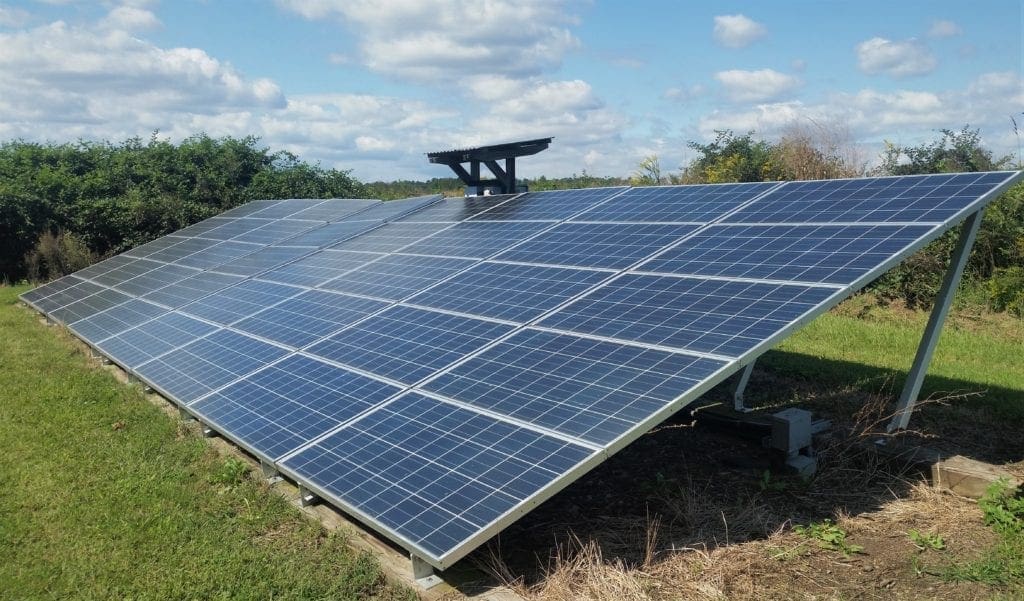
Museum scientists use the grounds to band and study birds, study large mammal populations with camera traps, and study small mammal populations with live capture-release programs.
Scientists from across the Triangle make use of the grounds as well. Recent studies have included urban stream dynamics, mosquito populations, native bee populations, the insect food base for birds, tick populations, and lichens.
DO ALL THE SCIENCE!
Many of the projects at Prairie Ridge are citizen science projects that invite the public to participate.
You can get involved as a citizen scientist by attending a citizen science program or by volunteering as a citizen science volunteer (see below for more info).
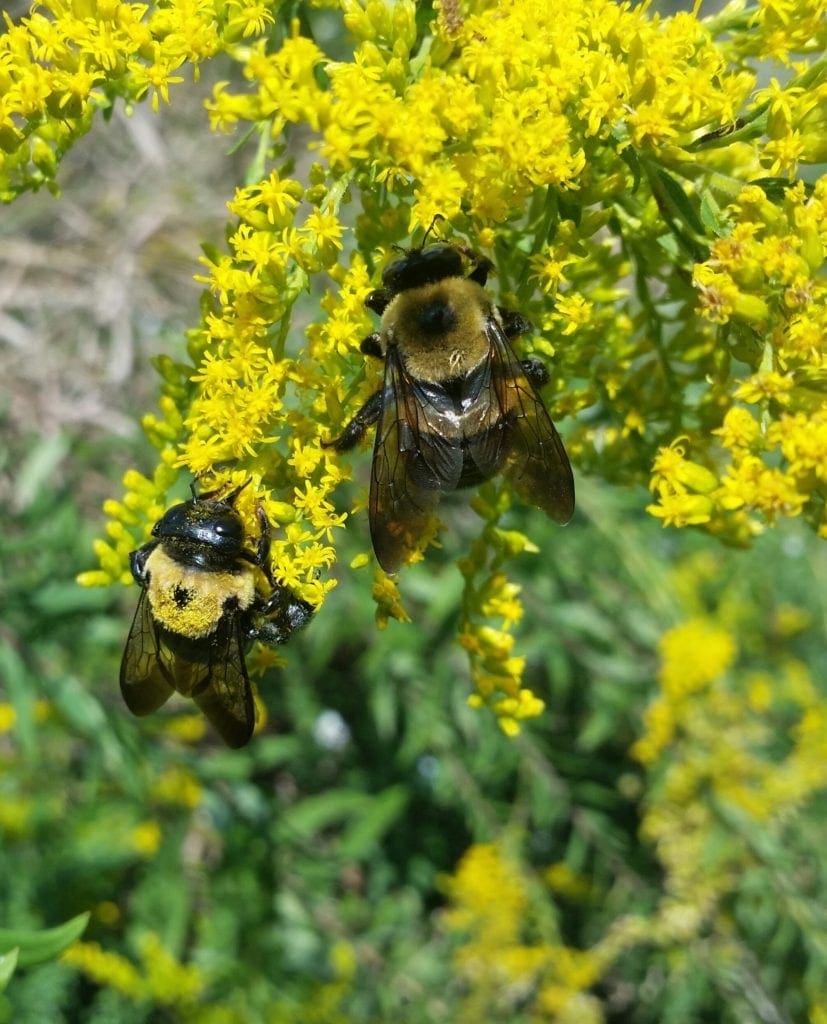
Recent public programs have invited participants to gather data about dragonflies, frogs and toads, fireflies, bird nests, ladybugs, bird populations, Monarch butterflies, clouds, rain, and biodiversity.
Upcoming citizen science programs are listed on the Prairie Ridge Public Programs page or you can learn more about the Museum’s citizen science program on the Citizen Science page.
” src=”data:image/gif;base64,R0lGODlhAQABAIAAAAAAAP///yH5BAEAAAAALAAAAAABAAEAAAIBRAA7″ alt=”

